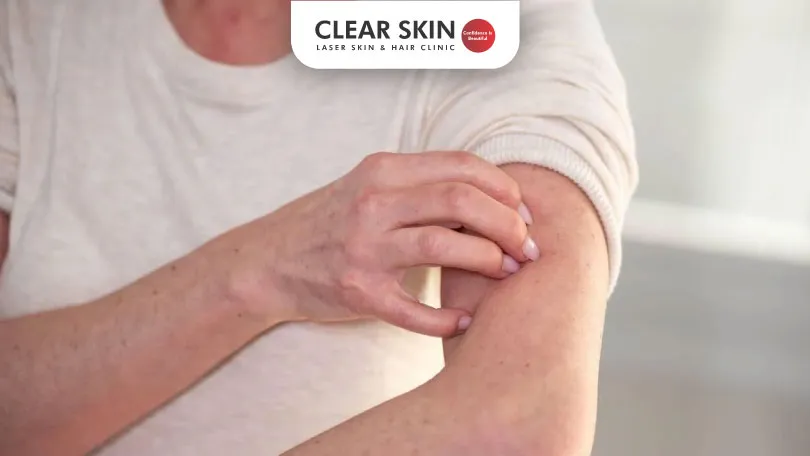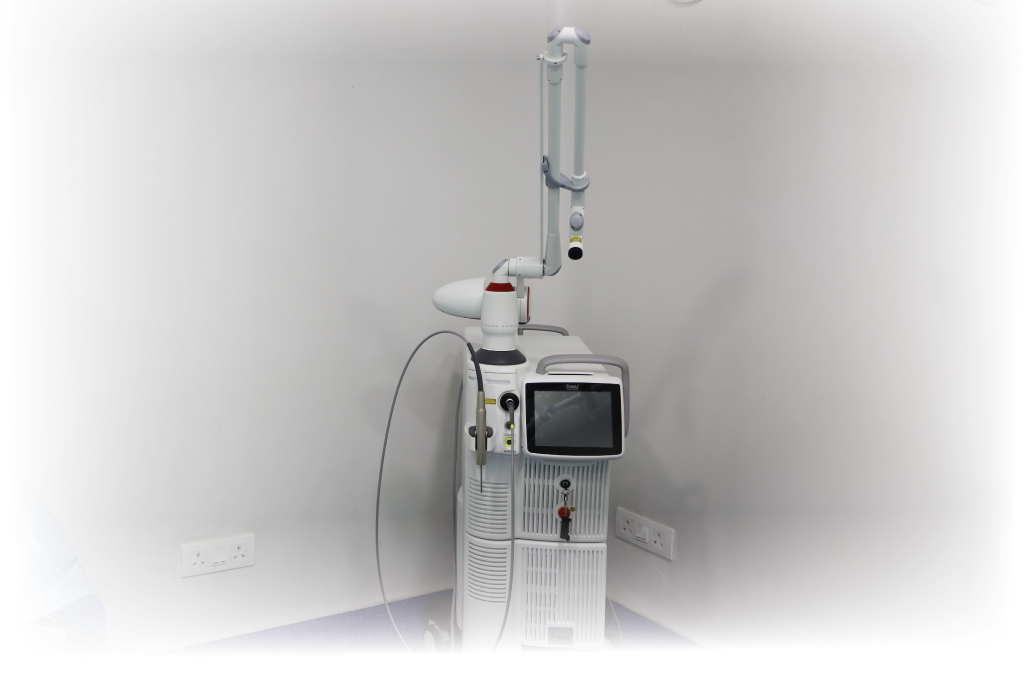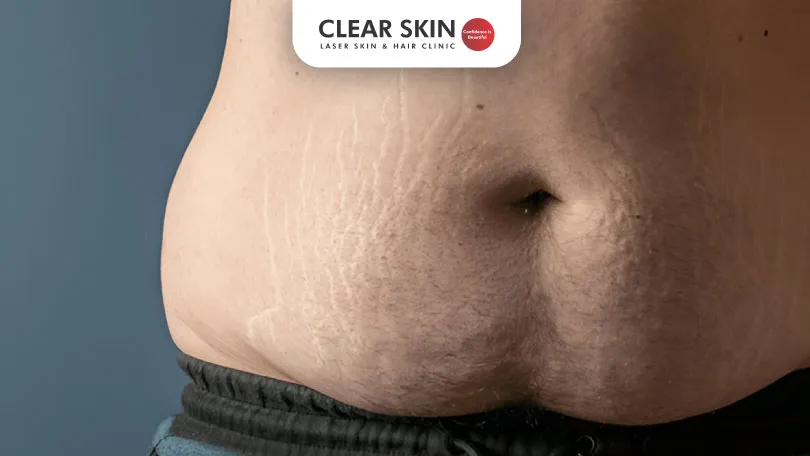
Black spots on legs can be more than just a cosmetic concern; they may affect one’s self-esteem and confidence. Understanding the root causes and implementing targeted treatments can make a significant difference in achieving clear and healthy skin on your legs.
Table Of Contents
What causes dark spots on the legs?
- Hyperpigmentation and Sun Exposure: Excessive sun exposure can cause hyperpigmentation, which appears as dark blotches on the legs. Discover the connection between UV radiation and skin discolouration.
- Skin Injuries and Scarring: During the healing process, injuries, cuts, or wounds can cause black marks. Investigate the role of scars in the creation of black spots on the legs.
- Skin Conditions and Inflammation: Certain skin disorders, such as eczema or psoriasis, can cause inflammation and, as a result, black blotches. Understanding the link is critical for tailored treatment.
How to Prevent Black Spots on Legs?

- Sun Protection Measures: Prevention is essential. Discover the significance of sun protection, including the use of sunscreen and the use of protective clothes to defend your legs from harmful UV radiation.
- Prompt Wound Care: Reduce the possibility of black patches by providing quick and proper wound care. Learn how to treat wounds effectively to avoid long-term discolouration.
- Managing Skin Conditions: Proactive care is necessary for persons who are prone to skin disorders. Investigate skincare habits and lifestyle adjustments to lessen the impact of disorders that cause dark spots.
How to Treat Black Spot on Legs Using Treatments?
A correct identification of the underlying cause might help you choose the best treatment for black spots on legs. Here are some treatments that your dermatologist may offer as a solo or in combination to help you get rid of these Leg spots effectively:
- Laser Therapy: Dermatologists utilise a focused beam of light (laser) to target the pigmented area of the skin during this advanced aesthetic procedure. This removes the extra melanocytes that are responsible for the black spots on the thighs, lower legs, knees, and feet. Depending on the severity of your hyperpigmentation, your doctor may recommend a few treatment sessions. Laser treatment has the added benefit of being able to target deeper pigmentation. In India, various laser treatments are available to efficiently erase black marks on the legs. Consult an experienced dermatologist to know which laser technology will suit you best.
- Chemical Peels: One of the most popular treatments for dark spots on the legs is a chemical peel. Dermatologists apply plant-based extracts containing alpha-hydroxy acids to the afflicted area topically. Based on the concentration of the solution and the period of application, the peel might be light, medium, or deep. The peel promotes controlled exfoliation of the top layer of skin, decreasing dark patches and promoting the growth of fresh, lighter cells. To eliminate the black marks on your legs, your doctor may recommend a series of chemical peel treatments at regular intervals.
- Microneedling: A medical-grade roller with microneedles is used by doctors to induce regulated micro-injuries on the upper layer of the skin. This increases collagen formation, which naturally repairs the skin and eliminates pigmentation. Dermatologists typically perform three to four sessions of this black spot treatment to eradicate leg spots and provide smoother, more uniformly toned skin.
- Microdermabrasion: If you don’t have serious black spots on your legs, you can also try microdermabrasion. This method entails the use of specialised equipment to exfoliate dead skin cells and the top layer of hyperpigmented skin. Brown areas on the lower thighs, knees, and feet may lighten as a result. This approach, however, does not remove black marks on the legs.
- Radiofrequency: Doctors use modern electrocautery or radiofrequency technology to treat disorders such as seborrheic keratoses on the legs, where heat radiation helps eliminate the hyperpigmented tissue followed by scabbing and healing.
Dark spots on the legs can be effectively treated and prevented with a thorough awareness of their causes and appropriate remedies. There are several techniques available for treating discolouration caused by sun exposure, skin injuries, or underlying disorders. Adopt a thorough skincare routine, and consult a dermatologist for personalised guidance targeted to your skin’s specific needs. Boldly take the step towards clearer, healthier skin – book an appointment now!
For treating your skin condition, feel free to get in touch with one of our best
dermatologists in Pune. You can also call on
+919584584111 to book an appointment at one of our skin clinics near you.

















Leave a Comment
Your email id will not be published.Required fields are marked*